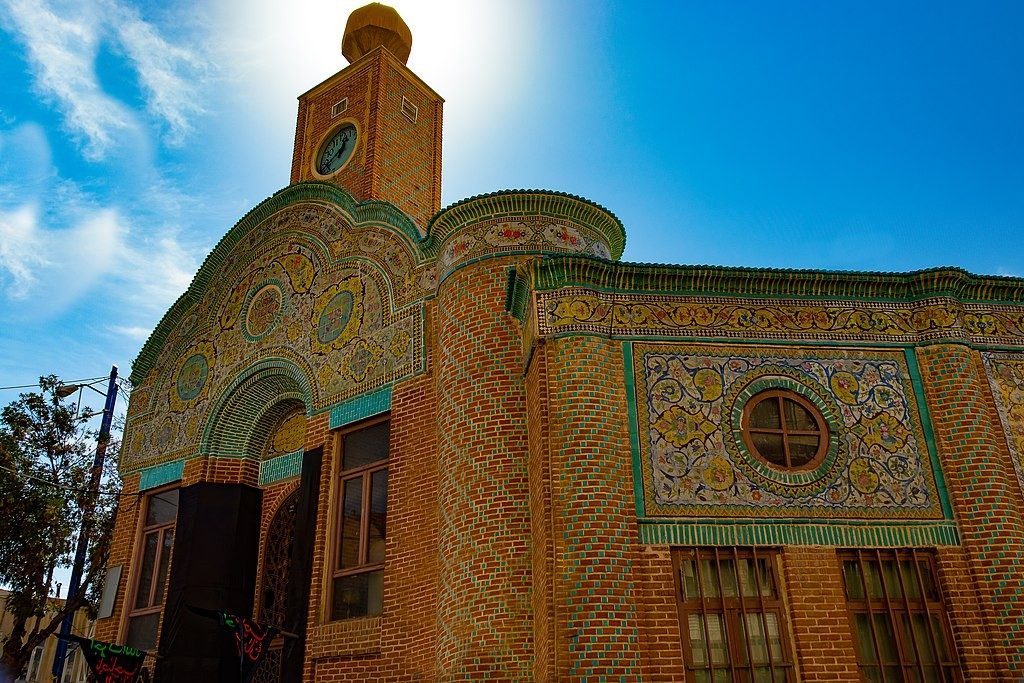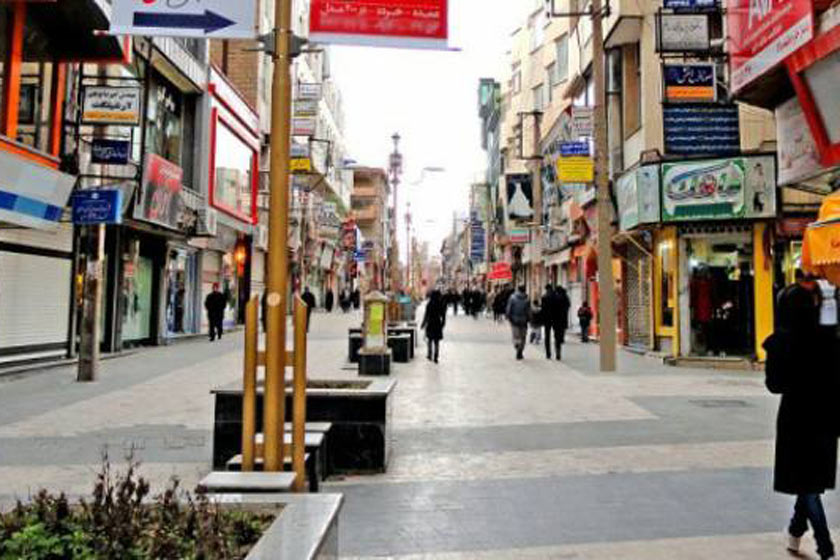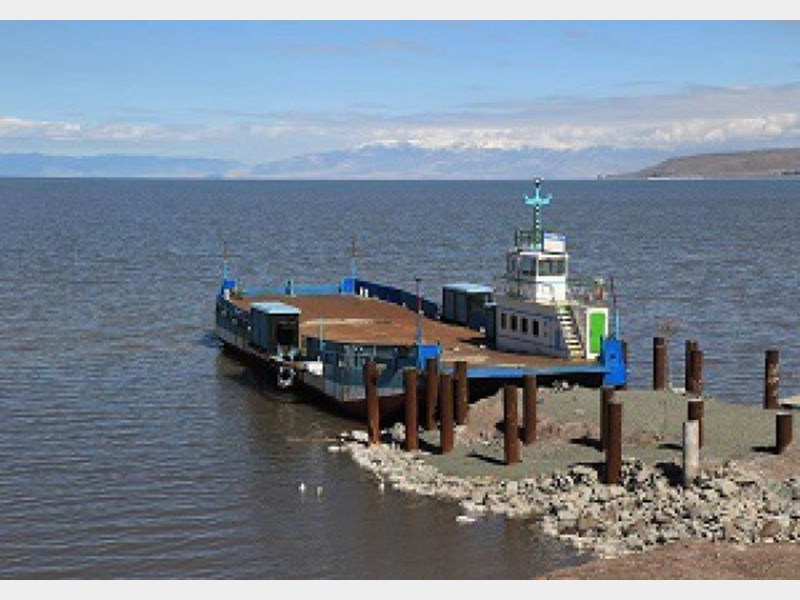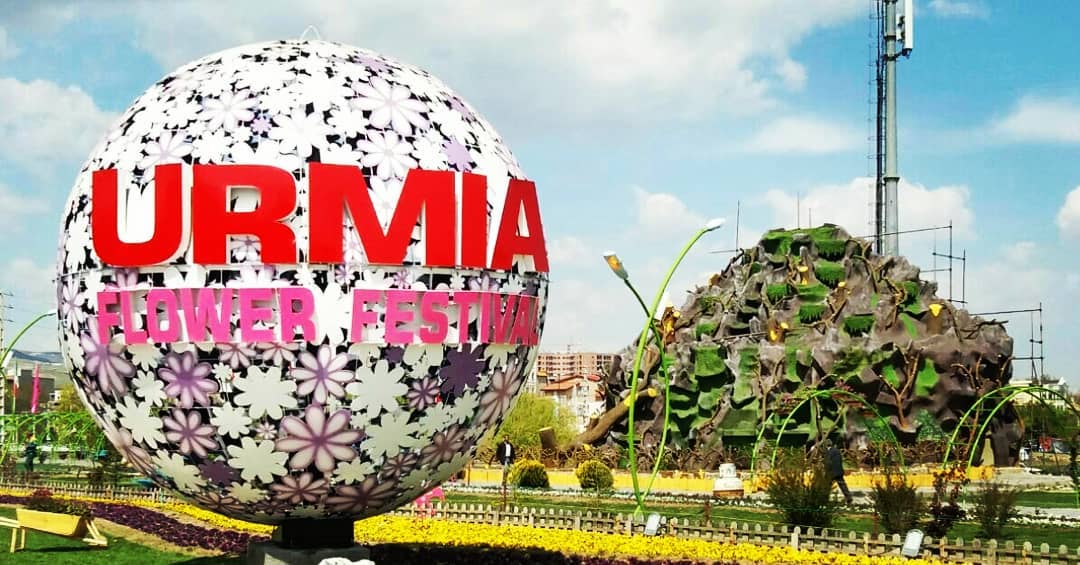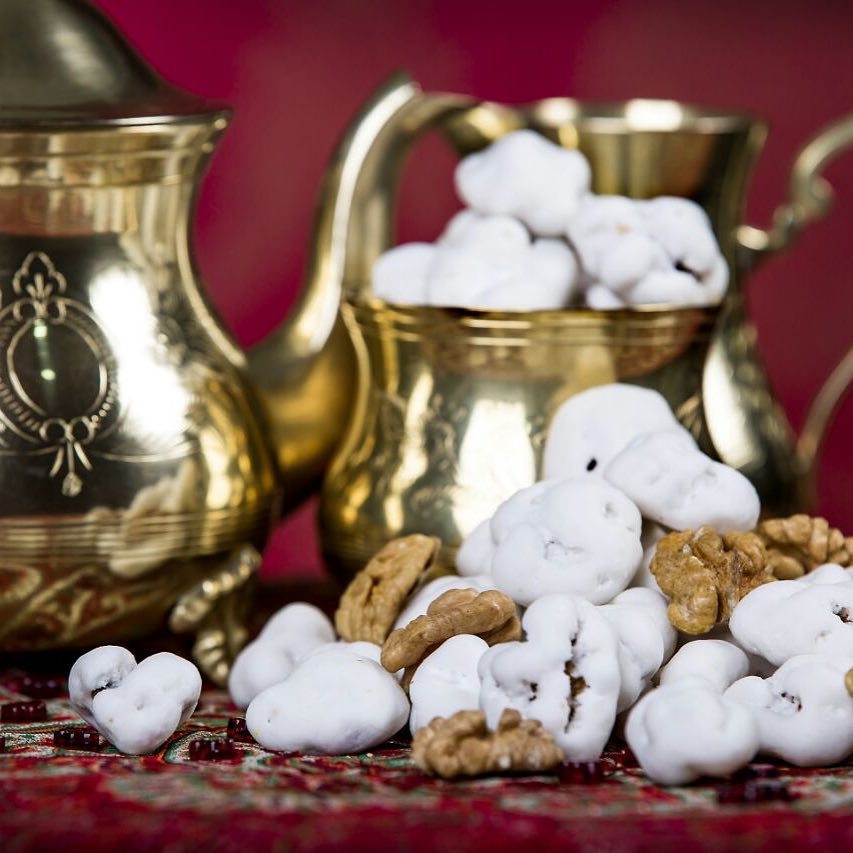let’s have a glance at Urmia city introducing some of most famous places, arts,handicrafts and natural landscapes of Urmia , which is the largest city in West Azerbaijan province of Iran. Urmia is situated at an altitude of 1,330 m above sea level, and is located along the Shahar Chay river (City River) on the Urmia Plain. Lake Urmia, one of the world’s largest salt lakes, lies to the east of the city and the mountainous Turkish border area lies to the west. Urmia is the 10th most populated city in Iran. Of course, we will write about all attractions in full details and no need to remember that these are just some of selected attractions on the city and not all of them.
Grand Mosque of Urmia

Situated in the old part of the city, the Grand Mosque of Urmia(Jameh Mosque) was constructed in the 13th century. However, some believe that it used to be a fire temple before the Islamic era.

Archaeologists who studied the mosque’s architectural structure maintain that its dome dates back to Seljuk era (11th century).

Meanwhile, there are historical and geographical documents dating back to the 10th century in which the mosque’s name is mentioned. Therefore, some researchers believe the mosque belongs to pre-Seljuk eras.
However, the date written on the mosque’s altar shows the year 1256, which coincides with the time of Ilkhanate rulers.
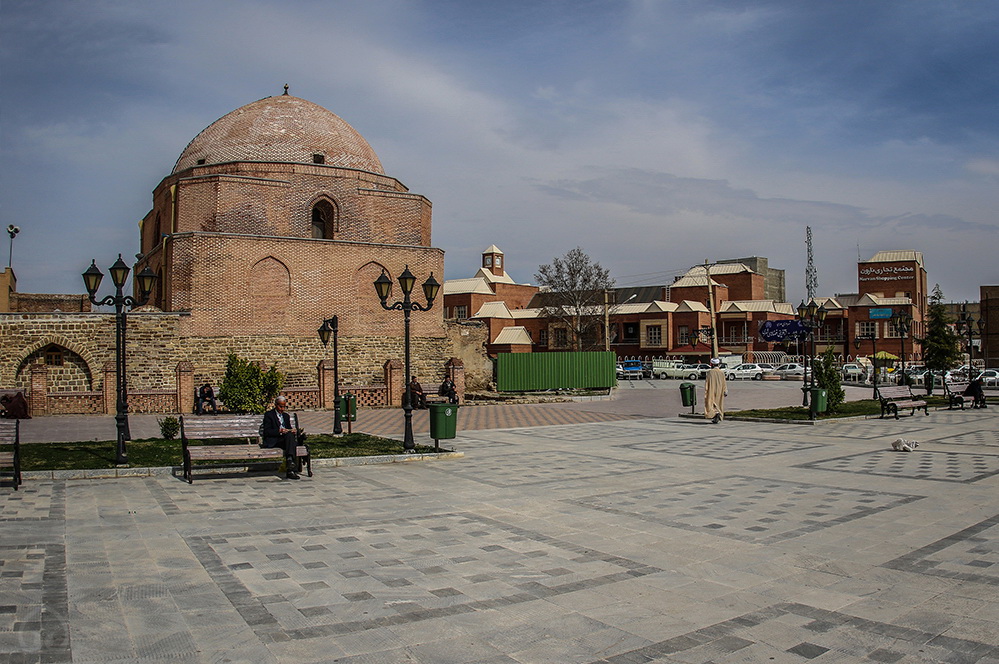
Se Gombad Tomb Tower

Se Gonbad (3 Gonbad)* Islamic tomb tower is a cylindrical form and made with stone and brick on two floors. The first floor is basement and tomb room is on the floor. Input framing a group of stone and its body is decorative brickwork. According to the inscription on the forehead entrance founder is Amir-Shishghat-Mozafari from local Seljuk commanders and architect Ibn mousses and construction year is 580 AH. the yard of the tomb is the Stone Museum of Urmia







Images of Se Gonbad Tomb Tower in Urmia
Old Bazaar of Urmia
The old bazaar is situated in the south-east of the city, where there grocers,goldsmiths,coppersmiths,shoemakers,dyers,tin men and knife makers present their articles to customers.the construction of the Bazaar dates back to “Safavid”,”zand”and “Gajar” eras.

The historical bazaar of Urmia is one of rare monuments remained from Safavid dynasty. It has saved its lively environment and functionality. The simple architecture is its significant property while it has various types of arches and domes. The ancient bath of the bazaar is dated back to Gajar and Zand periods. The market that is window to the past, entering to it is entering to Zand and Qajar era. In the old texture of Urmia city, we enter to historic market from the Grand Mosque. The entrance is one of the most beautiful ancient Iranian architecture. After entering to the market if we have a little bit information of architecture we can see easily tasteful and culture of Azeri – Iranian architectural of Gajar and Zand of this place and enjoy it.

In fact, the oldest part of this market is related to the Safavid period. Unfortunately, with the advent of modernity and the industrial age to the market, much of it has changed but fortunately, because of the greatness of this market, we can still see the old market and the enthusiasm come from its beauty parts between Asgarabadi, imam, Montazeri and Eqbal streets. The general plan of this square is like incomplete rectangle and covers an area of 60 thousand square meters. 1000 shop with different functions, 7 Timcheh and large old house and five bathrooms are the area where we can see them in this market. One of the outstanding features of its architecture is simple architecture set, despite differences that we see in the market in the form of arches, fountains and domes. It can not be seen in the market any variety of artistic techniques such as tiling, stucco, stone and old prolific Wooden doors in bazaar, all the materials of bazaar are selected from brick and often, are even without simple brick-lined gypsum.

Church of Saint Mary (Naneh Maryam)
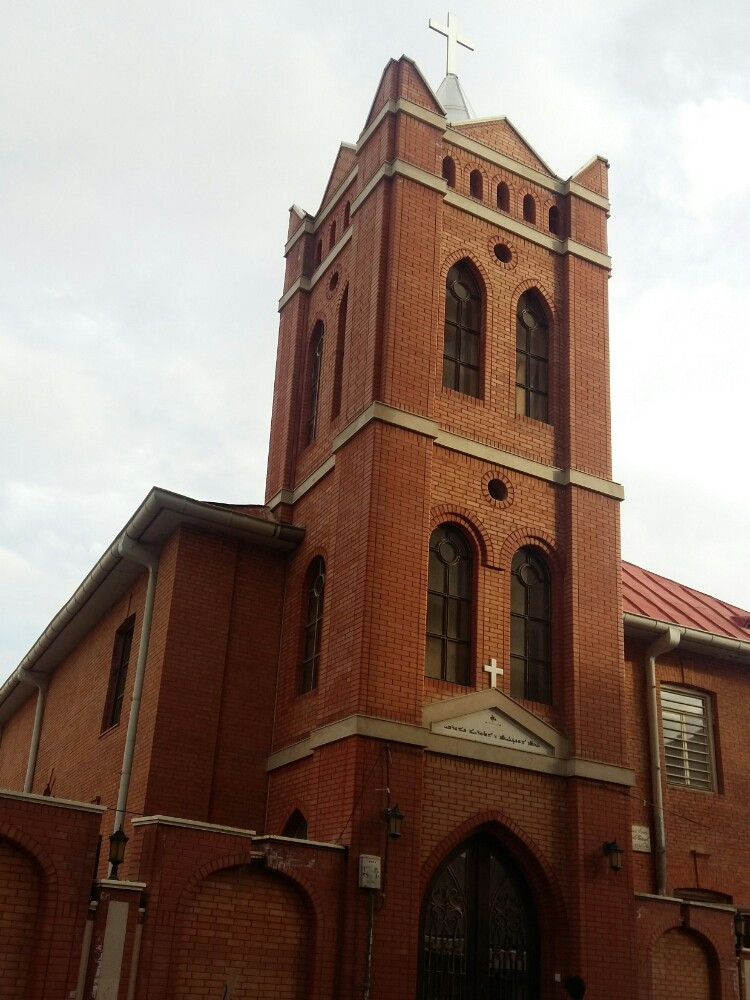
St. Mary Church (Also known as Naneh Maryam Church) is an ancient Assyrian church located in the city of Urmia . It is considered by some historians to be the second oldest church in Chritendom after the Church of the Nativity in Bethlehem in the West Bank. It suffices to say that it was built on the tomb of three magi who passed here on their way to Bethlehem.

This ancient church, which its existence is directly merged with magi men, those who were mentioned in the holy book, in Assyrian language are called “Mart Maryam ” or ” Mat Maryam ” Or saint “Ezra”, according to different stories , at least one out the three mentioned men are buried here in the basement of this church in the world, since the church which was built upon Jesus birthplace in Bethlehem is the first and Saint Mary’s church was erected at the same time.

It is believed by some Assyrian and Christian historians that it had been a Fire temple at first in which Zoroastrian priests used to pray. At Jesus Christ’ time of birth, three priests observed a shining star moving toward east.They considered it as a sign of awaited Messiah’s birth and traveled to Jerusalem to meet him. After coming back they converted the fire temple to a church. Briefly prior to the World War I, it was converted by the Russians to a Russian Orthodox church. undefined In early 1960s, the old church was restored and a modern church with a spire was built adjacent to the ancient church.Archeological experts attribute Maryam Church to Sassanid Period based on examining and studying internal architecture, domes, arches, and pillars. undefined Like all other regional churches, the entrance is a relatively small one and in order to get to the main hall, one must follow some steps down. The building encompasses an altar, several chambers, a vestibule and the main hall.
Noghl and Halva


you can find in Urmia many local candies and actually the most famous souvenirs of the city is Noghl and Halva which are produced in several tastes and also are easily available in all shops and confectioneries.
Urmia Museum

Urmia Museum with 30,000 historical objects, is considered as one of the richest and largest Iranian museums. This museum consists of two main parts, archeology and anthropology, and over the years, different sections have been added to them. Valuable artifacts detected from ancient hills, belonging to the time from Neolithic period to the end of Qajar are displayed in the archeological hall. The tradition and culture of people from late Safavid era up to now are exhibited in the anthropology hall. In the prehistoric and historic section,

fine beautiful pottery from the 5th millennium BC, decorative metal works and bronze lion sculpture along with cuneiform scripts, silver coins, glass containers of Sassanid period and jewelry are some but not all the objects that are collected in Urmia Museum. In decorative arts section, interesting objects such as verses from Holy Quran written in Naskh and Nastaliq script which are two types of Iranian calligraphic handwriting, and miniatures from 19th and 20th centuries are provided. There are coins from the pre-Islamic era, as well as coins from the Islamic period. This museum was established in 1967 and receives many tourists every year.
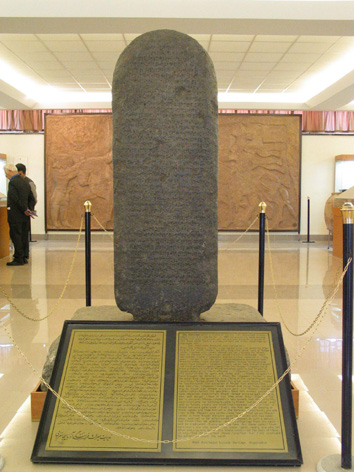

And Many Mores:
let’s just have a look at them


